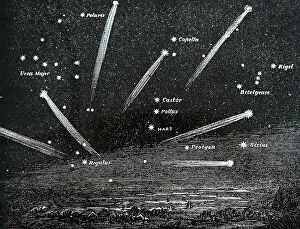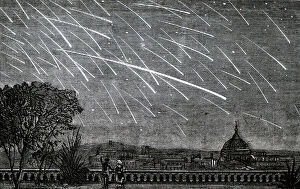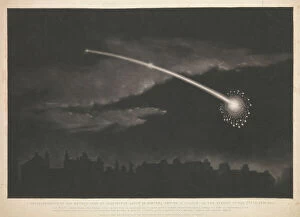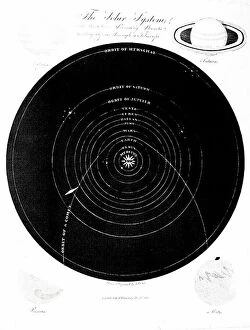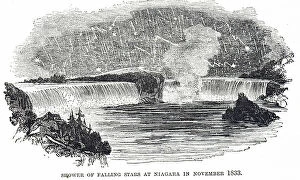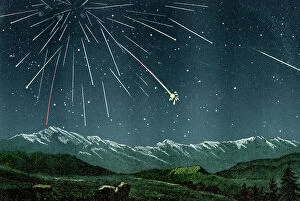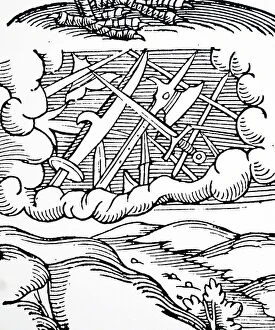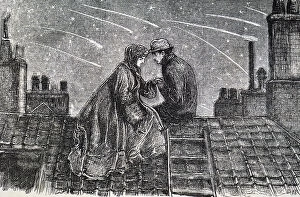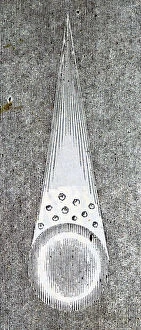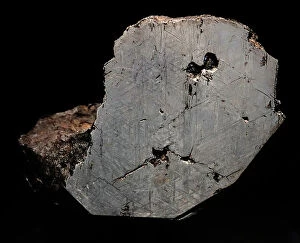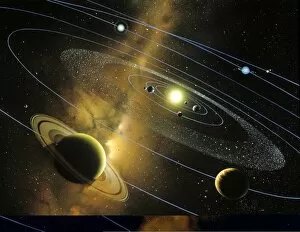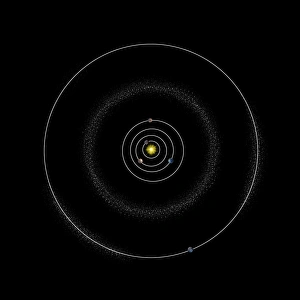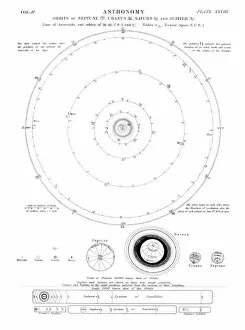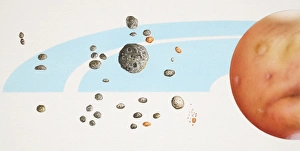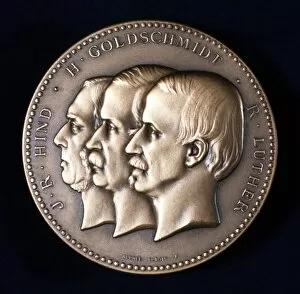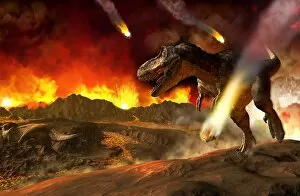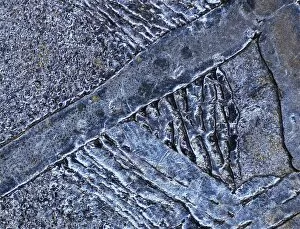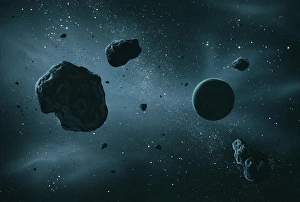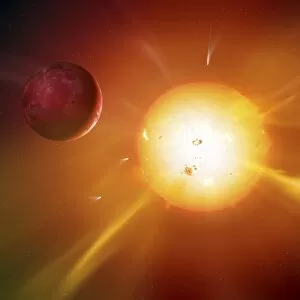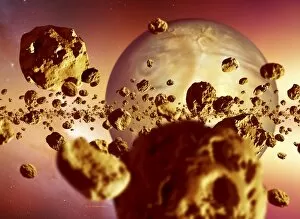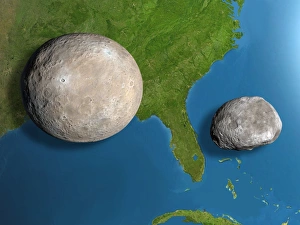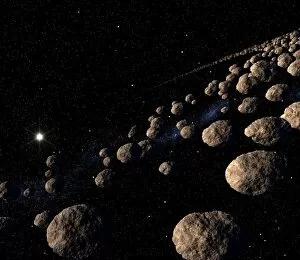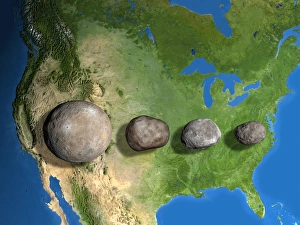Asteroids Collection
"Asteroids: Guardians of the Solar System and Reminders of Earth's Past" In the vast expanse of our solar system, asteroids hold a significant place
All Professionally Made to Order for Quick Shipping
"Asteroids: Guardians of the Solar System and Reminders of Earth's Past" In the vast expanse of our solar system, asteroids hold a significant place. These celestial bodies have played a crucial role in shaping the history of our planet, from triggering mass extinctions to providing valuable insights into the mysteries of space. One such pivotal event was the extinction of dinosaurs, forever etched in Earth's timeline. Artwork C018/7901 vividly captures this cataclysmic moment when an asteroid collided with our planet, altering its course forever. The impact unleashed chaos and reshaped life on Earth as we know it. Artwork C013/8987 beautifully illustrates how these rocky fragments orbit around our Sun, highlighting their intricate dance within the cosmic ballet. It showcases their diverse sizes and compositions compared to planets like ours, reminding us that they are remnants from the birth pangs of our solar system. NASA's OSIRIS-REx spacecraft provides us with breathtaking images that unveil new perspectives on asteroids' enigmatic nature. A wide shot captured by this remarkable mission reveals their captivating beauty against a backdrop of infinite darkness. Witnessing liftoffs like that of OSIRIS-A United Launch Alliance Atlas V rocket at Cape Canaveral Air fills us with awe and excitement for humanity's ongoing exploration endeavors. Former NASA astronaut Tom Jones joins Andrea Farmer in celebrating these monumental achievements that push boundaries beyond earthly limits. At NASA's Great Balls of Fire exhibit in Cape Canaveral, visitors can marvel at real asteroids on display—an opportunity to get up close and personal with these ancient wanderers from outer space. Therrin Protze, chief operating officer with Delaware North Parks and Resorts at NASA adds another layer to this experience by making science accessible to all through interactive displays featuring samples of Earth rocks and meteorites.



